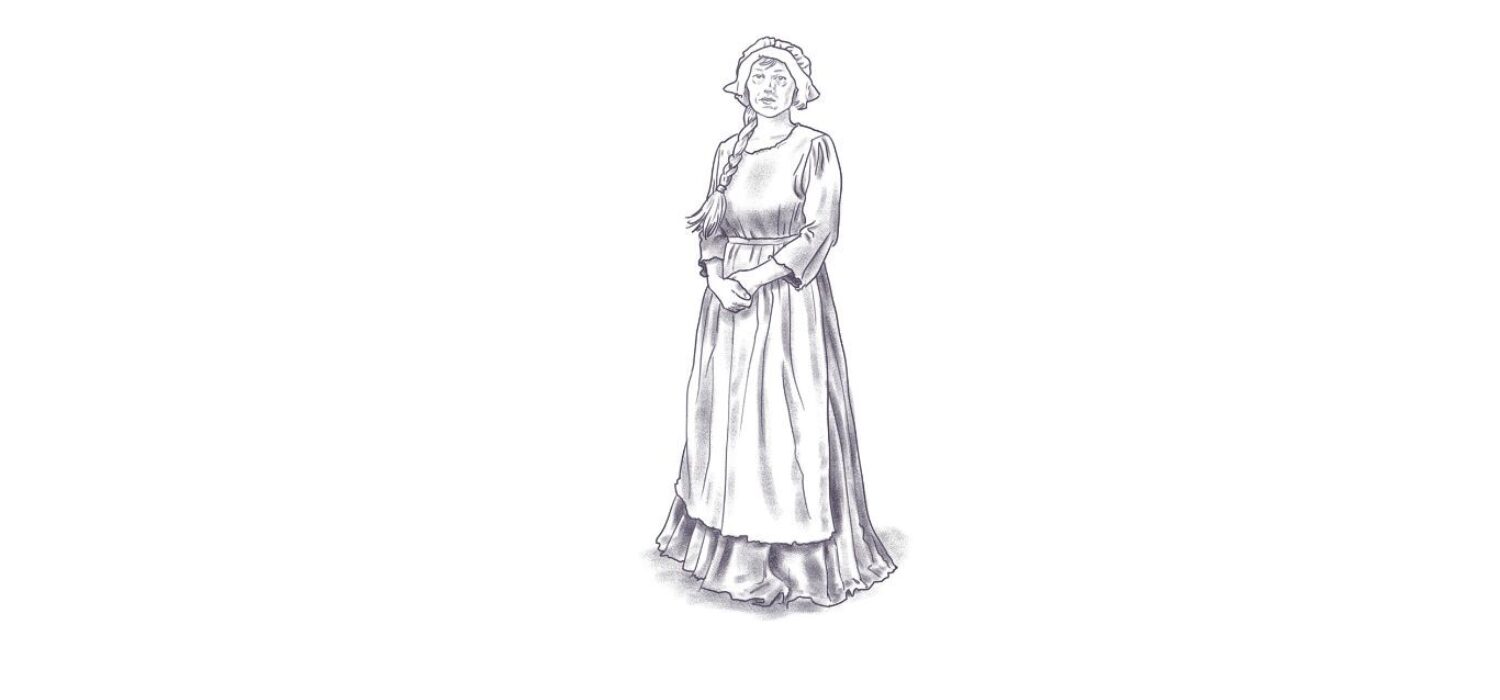Meet Astrid
Meet Astri
Many of the women who were tortured and killed in the witch trials of the 17th century were ostracised victims of bullying who lacked secure family relationships. A common trait among them was that neighbours and people in power perceived them as annoying and quarrelsome. Sources from the trials show that it was often other women who gossiped about them and blamed them for misfortunes they could not possibly have caused.
Trau-Astri was the widow of Gjermund the tray-maker and lived in Straen with her son Johannes and daughter Ragnhild. Astri had long had a bad reputation, partly because she ran a tavern. It was said that no one who entered her tavern left without her having enchanted all their money from them. She was also blamed for accidents and illnesses that befell her neighbours and their families.
Astri was probably not an easy person to deal with, and she often retaliated when blamed for the misfortunes of others. People were afraid of her, neighbourhood children tormented her, and parents called her a "witch devil."
The new town bailiff, Hans Perssen, had been tasked by the king with eliminating all those practising witchcraft in Stavanger. In 1662, he targeted Astri because she stood out. At the same time, many neighbours were willing to testify against her. After many critical testimonies, she was accused of witchcraft, imprisoned, tortured, and finally sentenced to death.
The court record is 37 pages long and covers the period from when she was brought before the town court on 9 September until the death sentence was pronounced on 11 December of the same year. She was ultimately beheaded with a sword by the executioner, Master Caspar.
The witch trials came in several waves during the 17th century. It was a turbulent time, with the new Protestantism beginning to take hold, while many Catholic customs lingered in popular belief. The population lived with high infant mortality, outbreaks of disease, and large city fires.
At intervals of a few decades, Stavanger was rife with rumours and gossip about who was in league with the devil. The punishment for witchcraft was either beheading or being burned alive at the stake, in front of the entire town’s population. This was the fate of several people from Stavanger. This collective psychosis culminated in the years 1662-1664, when Astri, Anne, and Birgitte were all sentenced to death.
